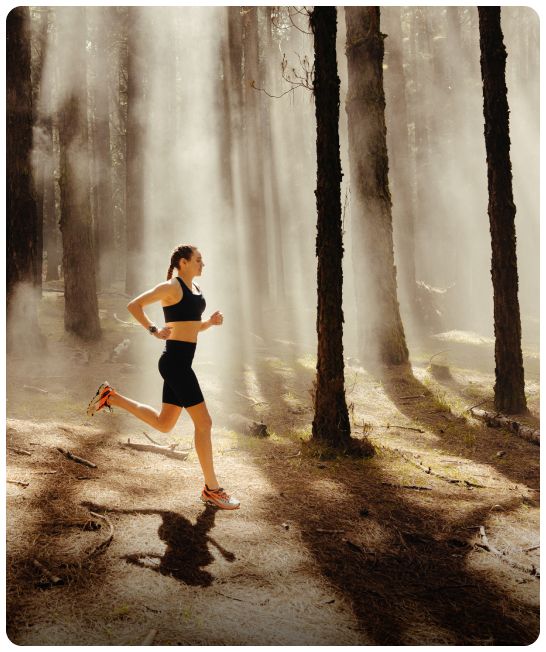While most of us carefully plan our winter gear and clothing, we often overlook one of the most important aspects of any winter adventure – food. During cold weather activities food is the ‘gas’ that keeps our bodies moving and warm. Bottom line is that everything is more difficult in winter. Therefore, to maximize your energy and minimize your discomfort here are my five top tips to help fuel your winter adventure.
Stay hydrated
Proper hydration not only helps with your energy but it also helps keep you warm. Colder temperatures are generally drier than warmer temperatures as. That means you’ll need to keep drinking water just as regularly as you do in the summer. Of course, that’s easier said than done. To ensure my water doesn’t freeze by the end of the day, I will often fill my water bottle with hot water (or use an insulated thermos). Additionally,
Prepare your food
At 20 degrees below zero, my energy bars freeze into solid bricks. Therefore, before heading out, I will cut up energy bars into small pieces so even when frozen, I can eat them without cracking a tooth. Equally valuable is simply selecting the foods that have a lower freezing point or are malleable even when cold. Apples? No way. Have a food that you really like eating? Try to keep it close to your body heat versus stashing it in a pack. Personally, I’ve even gone as far as to sew a pocket into my base layer to stash food and keep it thawed. With big gloves or mittens on, it can be equally as difficult to simply open packaging on bars or energy chews. I pre ‘tear’ all my wrappers before hitting the trail.
Establish an eating schedule
When traveling in cold temperatures, stopping for prolonged periods is a bit of a catch-22. Obviously you need to eat, but stopping also decreases your body core temperature. One of the biggest mistakes I see people make is forgoing a snack break simply to stay warm. Depending on my activity level, I will travel for roughly 55 minutes, then take a quick five minute food and drink break. By adhering to a predetermined schedule, I am able to avoid the big drops in energy that come from eating too little.
Hard Candy
Let’s face it, during any winter adventure stopping to grab a snack or a drink of water on the trail can quickly turn into an uncomfortable situation. You know the scenario – the wind is howling the temperature is dropping. It’s snowing heavily and you’re only 15 minutes away from the trail head but your energy is waning fast. In this situation stopping can cause as many problems (or more) than trying to push through. Therefore, I always carry a few pieces of hard candy in an easily accessible pocket. That way, if I’m starting to ‘hit the wall’ I can grab a piece and get a quick burst of energy to see me through a low point.
Soup
About 15 years ago, I was out on an expedition training trip, had eaten most of my food and was still miles from my car. The temperature was dropping and I was physically spent. I didn’t think I could go on. Digging through my gear out of desperation, I found a soup pack and quickly mixed it with some hot water. I instantly felt revived and strong. Ever since then, I’ve always carried soup on my day-long (and longer) winter adventures. Soup is a good source of heat-producing carbohydrates, fat for extended energy and liquid for hydration. On particularly hard days, it also provides a psychological boost. I always look forward to the extra energy I’ll get from my ‘soup break’ half way through the day.






There are no comments on this post
Be the first to leave a comment!